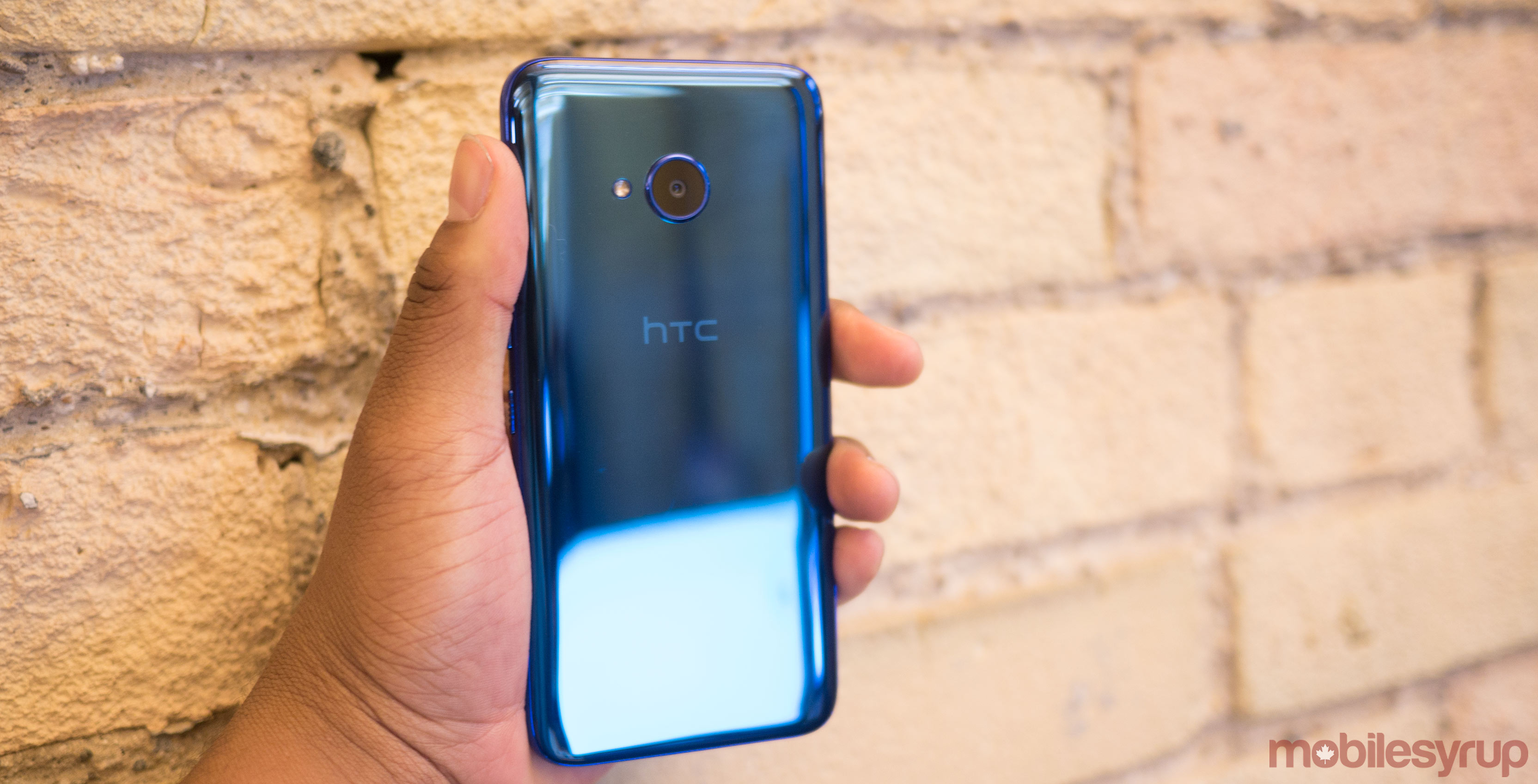
HTC’s phone making business has experienced ups and downs, but with the HTC U11, the Taiwanese company managed to re-establish a presence among the coveted premier tier of flagship manufacturers.
Since then, HTC has released two smartphones: the HTC U11 Life and the taller HTC U11 Plus. While the 6-inch display, 18:9 aspect ratio HTC U11 Plus isn’t coming Canada, the HTC U11 Life is already available to Canadians via HTC’s website, making it one of the latest mid-range phones on the Canadian market.
In taking a look at the the U11 Life, I’ll compare it both to the U11 and other mid-range smartphones on the market.
Attractive design
HTC U11 Life
HTC U11
Display
5.5-inch LCD display, 1080 x 1920 pixels
5.5-inch Super LCD5 display, 1440 x 2560 pixels, 16:9 aspect ratio
Processor
Snapdragon 630
Snapdragon 835
RAM
3GB/4GB
4GB of RAM
Storage
32GB/64GB
64GB, 128GB (expandable up to 256GB)
Dimensions (in.)
149.09 x 72.9 x 8.1mm
153.9 x 75.9 x 7.9mm
Weight
142g
169g
Rear Facing Camera
16-megapixel (f/2.0, 4K recording, AF)
12-megapixel (f/1.7, OIS, AF) dual-LED flash
Front Facing Camera
16-megapixel (f/2.0)
16-megapixel (f/2.0)
OS
Android 7.1 Nougat
Android 7.1
Battery
2600mAh (non-removable)
3,000mAh
Network Connectivity
GSM / HSPA / LTE/ Band 66
GSM / HSPA / LTE
Sensors
Fingerprint sensor, Barometer, Three-axis gyro, Accelerometer, Proximity sensor
Fingerprint Sensor, Gyro Sensor, Proximity Sensor, Edge Sensor, Sensor Hub, Motion G-senor, Compass sensor, Ambient light Sensor
SIM Type
Nano SIM
Nano SIM,
Launch Date
November 2, 2017
May 16, 2017
Misc
Colours: Sapphire Blue, Brilliant Black | Bluetooth 5.0, IP67 certified, Edge Sensor
Colour: Brilliant Black, Sapphire Blue, Amazing Silver, Solar Red | Edge Sensor, IP67 water/dust resistant, USB Type-C, HTC Ultra Pixel 3 with 1.4μm pixel
Display
HTC U11 Life
5.5-inch LCD display, 1080 x 1920 pixels
HTC U11
5.5-inch Super LCD5 display, 1440 x 2560 pixels, 16:9 aspect ratio
Processor
HTC U11 Life
Snapdragon 630
HTC U11
Snapdragon 835
RAM
HTC U11 Life
3GB/4GB
HTC U11
4GB of RAM
Storage
HTC U11 Life
32GB/64GB
HTC U11
64GB, 128GB (expandable up to 256GB)
Dimensions (in.)
HTC U11 Life
149.09 x 72.9 x 8.1mm
HTC U11
153.9 x 75.9 x 7.9mm
Weight
HTC U11 Life
142g
HTC U11
169g
Rear Facing Camera
HTC U11 Life
16-megapixel (f/2.0, 4K recording, AF)
HTC U11
12-megapixel (f/1.7, OIS, AF) dual-LED flash
Front Facing Camera
HTC U11 Life
16-megapixel (f/2.0)
HTC U11
16-megapixel (f/2.0)
OS
HTC U11 Life
Android 7.1 Nougat
HTC U11
Android 7.1
Battery
HTC U11 Life
2600mAh (non-removable)
HTC U11
3,000mAh
Network Connectivity
HTC U11 Life
GSM / HSPA / LTE/ Band 66
HTC U11
GSM / HSPA / LTE
Sensors
HTC U11 Life
Fingerprint sensor, Barometer, Three-axis gyro, Accelerometer, Proximity sensor
HTC U11
Fingerprint Sensor, Gyro Sensor, Proximity Sensor, Edge Sensor, Sensor Hub, Motion G-senor, Compass sensor, Ambient light Sensor
SIM Type
HTC U11 Life
Nano SIM
HTC U11
Nano SIM,
Launch Date
HTC U11 Life
November 2, 2017
HTC U11
May 16, 2017
Misc
HTC U11 Life
Colours: Sapphire Blue, Brilliant Black | Bluetooth 5.0, IP67 certified, Edge Sensor
HTC U11
Colour: Brilliant Black, Sapphire Blue, Amazing Silver, Solar Red | Edge Sensor, IP67 water/dust resistant, USB Type-C, HTC Ultra Pixel 3 with 1.4μm pixel
The U11 Life features a 5.2-inch display with a 1080 x 1920 pixel resolution and a 16:9 aspect ratio and a pixel density of 424ppi. Further, the device uses Qualcomm’s Snapdragon 630 chipset, which features an octa-core Cortex-A53 clocked at 2.2 GHz and an Adreno 508 GPU. The variant of the device that I used included 3GB of RAM and 32GB of storage. There’s another model with 4GB of RAM and 64GB of storage that’s not sold in Canada.
Overall, the device felt small in my hands, and the display even smaller, making me miss the LG Q6’s 18:9 aspect ratio.

The bottom bezel of the HTC U11 is unnecessarily large, even in comparison to the rather oversize border featured on the standard HTC U11. The chunky bottom bezel hosts the U11 Life’s Home/fingerprint sensor duo, its capacitive back and its overview buttons. The top bezel features a single lens camera setup and the smartphone’s speaker.
The U11 Life isn’t as slippery as its counterpart as it uses a plastic frame compared to the standard U11’s aluminum rear.
I found the ‘Sapphire Blue’ U11 Life not as glamorous as the ‘Solar Red’ coloured iteration, though it’s still a very attractive looking smartphone.
Average display
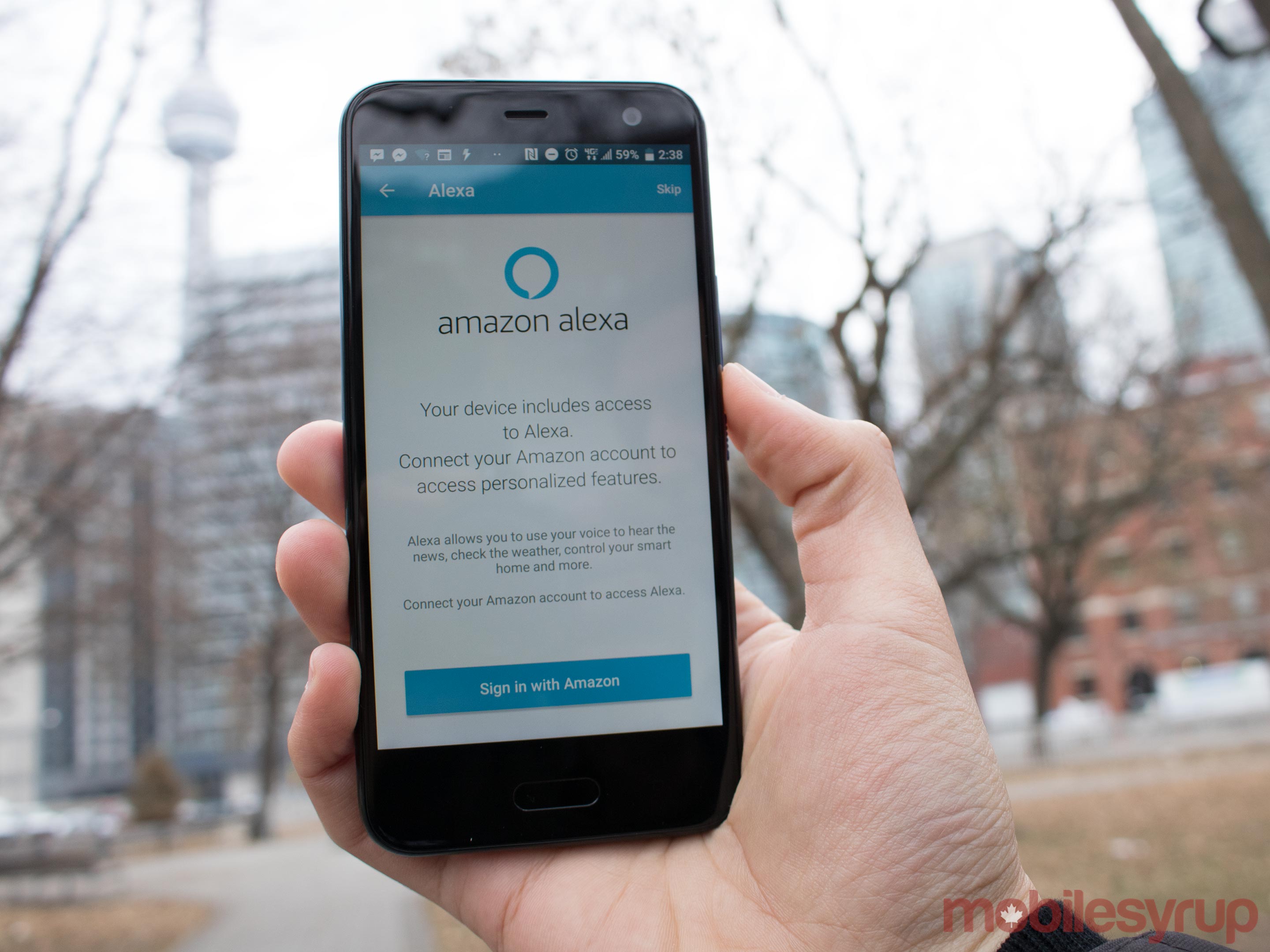
As previously mentioned, the U11 Life features a 5.2-inch display with a 1080 x 1920 pixel resolution that looks decent when sitting next to the larger HTC U11, but still pales in comparison.
When it comes to the U11’s display, images looked bland, not very vibrant, and while colours felt true to life, they were still on the warm side.
Compared to other smartphones in its class, such as the Q6 and Samsung Galaxy A5, the HTC U11 Life’s display looks decidedly average. The screen’s 550 nits of brightness is good enough for viewing in direct sunlight, but other mid-range devices like the Samsung Galaxy A5 and the Sony XA1 Ultra feature overall brighter displays when compared to the HTC U11 Life — in fact, the XA1 Ultra is brighter than the flagship HTC U11.
I find the 1080 x 1920 pixel resolution (424ppi) of the U11 Life to be satisfactory. Though the larger U11 was better, I never once thought the U11 Life display was lacking in detail. I’ve been unable to detect individual pixels, even though the U11’s display doesn’t feature a pixel density higher than 500ppi. Furthermore, from various viewing angles the display’s colours remained the same — unlike my experience with Google’s Pixel 2 XL — and there was a non-existent level of light bleed.
Meanwhile, the U11 Life features a ‘RGB’ colour mode that makes the pictures more true-to-life, while ‘vivid’ opts for a more vibrant image. An additional night mode makes colours warmer so that the display is easier on the user’s eyes at night or under low light conditions.
Swiping left to right on the U11 Life’s display reveals smooth transitions between apps and other parts of the smartphone’s UI, which leads me to believe that the device’s Qualcomm Snapdragon 630 processor is more than powerful for the device.
Speedy mid-range processor
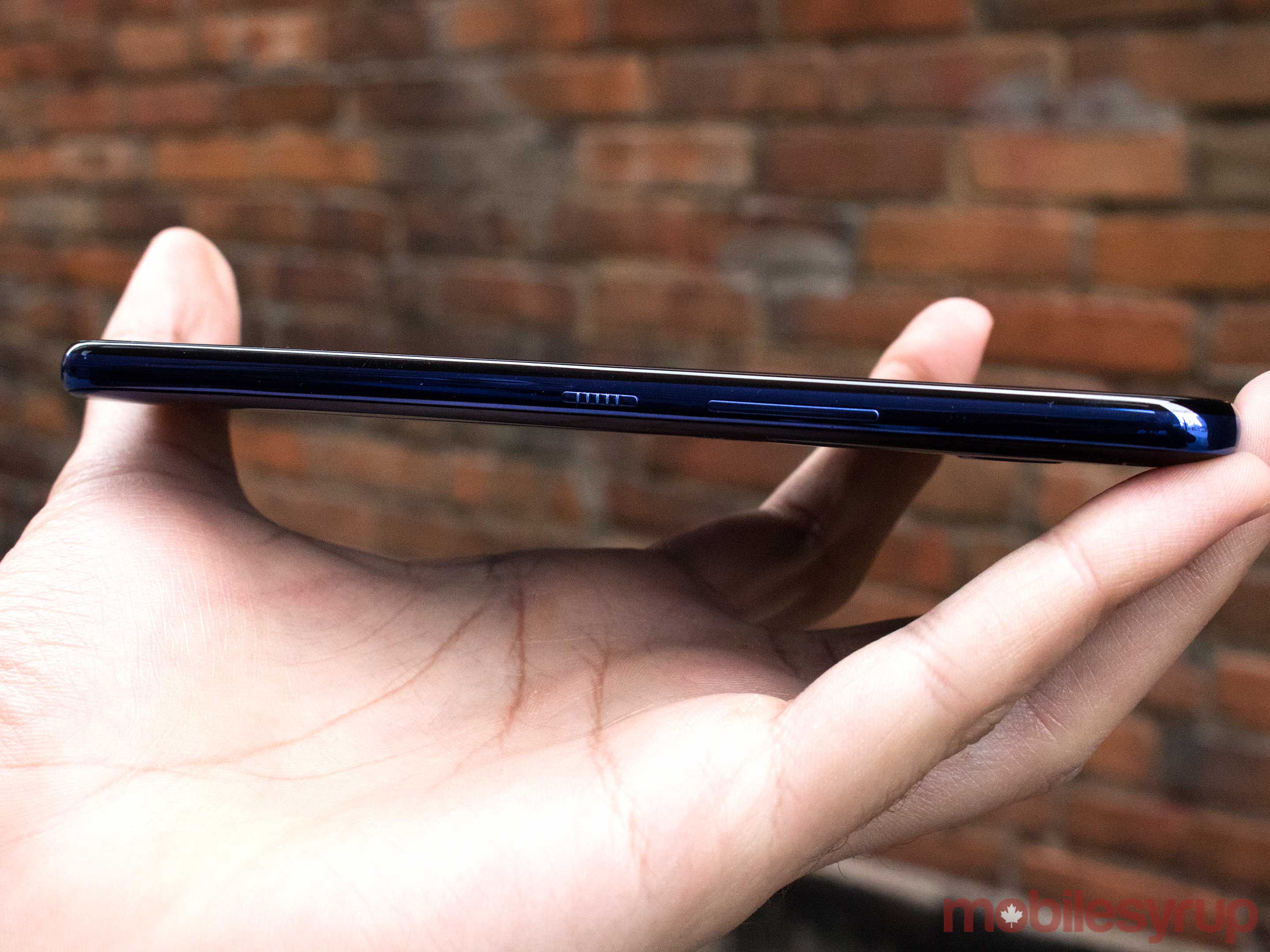
The phone is surprisingly quick, even with a mid-range chipset. I found the U11+ was able to handle a variety of tasks without hesitation or issues. Even if many apps were open, I didn’t experience slow down, resulting in a consistently snappy experience.
I did notice a bit of lag, however, when typing on Google Chrome app with no matter which keyboard app — this is something I didn’t notice while using other mid-range devices this year, like the Samsung Galaxy A5, or even the LG Stylo 3 Plus, a budget smartphone.
I didn’t game too often while using the device — about 20 minutes of Smashy Duo at most — but when I did, the experience was fluid. Video apps like Netflix, Crunchyroll and YouTube were smooth as well. The U11 Life, however, did consume more battery than expected (more on that later).
The U11 Life comes out of the box with Android 7.1 Nougat, but by the time I received our review unit from HTC, Android 8.0 Oreo was already available to download — so I updated the device right away. All app icons are circular (there doesn’t seem to be a way to change this), Notification Dots are available, and I was able to utilize picture-in-picture with Google Chrome.
The U11 Life also runs the latest version HTC Sense on top of Android Oreo and comes with a select amount of tools that replace the stock Android apps — to my surprise, for the most part, they aren’t bad. As for digital assistants, the device comes stocked both with Google Assistant and Alexa.
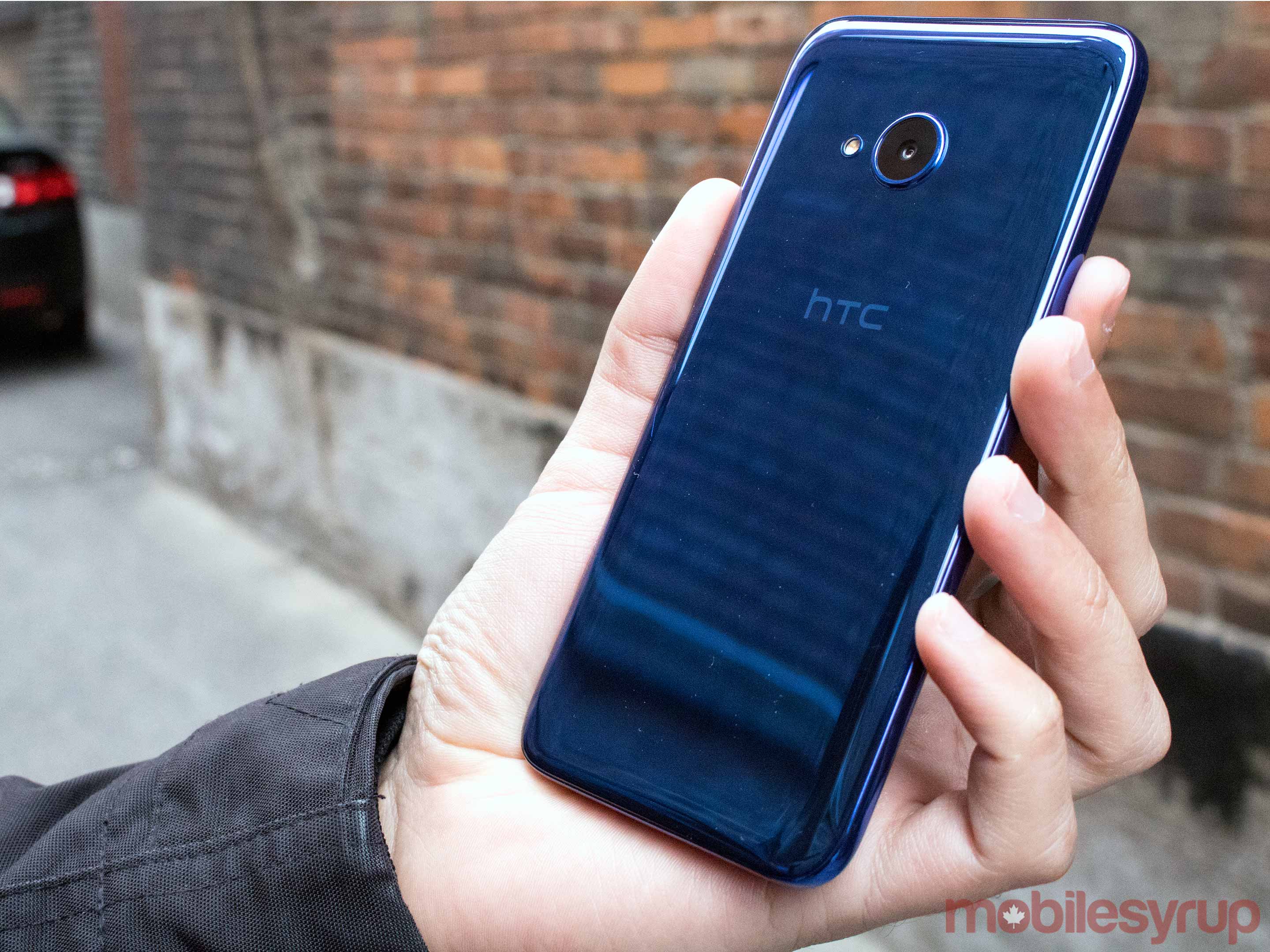
Additionally, HTC Edge Sense works with the HTC U11 Life, but I found that the device is more difficult to squeeze than the U11, likely due to its smaller size and my larger hands. Apart from this, the Edge Sense functionality works almost exactly like it did on the U11. HTC has added the option for users to trigger custom in-app actions when they squeeze the phone’s frame. For instance, you can squeeze the frame to pause music playback or to zoom out in a map app. This is done out-of-the-box compared to the U11 which had to wait for a firmware update.
Additionally, the HTC U11 Life features the ‘HTC Sense Companion,’ HTC’s AI that provides users with information related to travel times, reminders and health benefits. I found Companion was overly obtrusive because it used Facebook Messenger-like chat bubbles to present its information.
Thankfully, HTC does give users the option to get rid of the bubble and turn off the Sense Companion, which is what I ended up doing.
Take a selfie
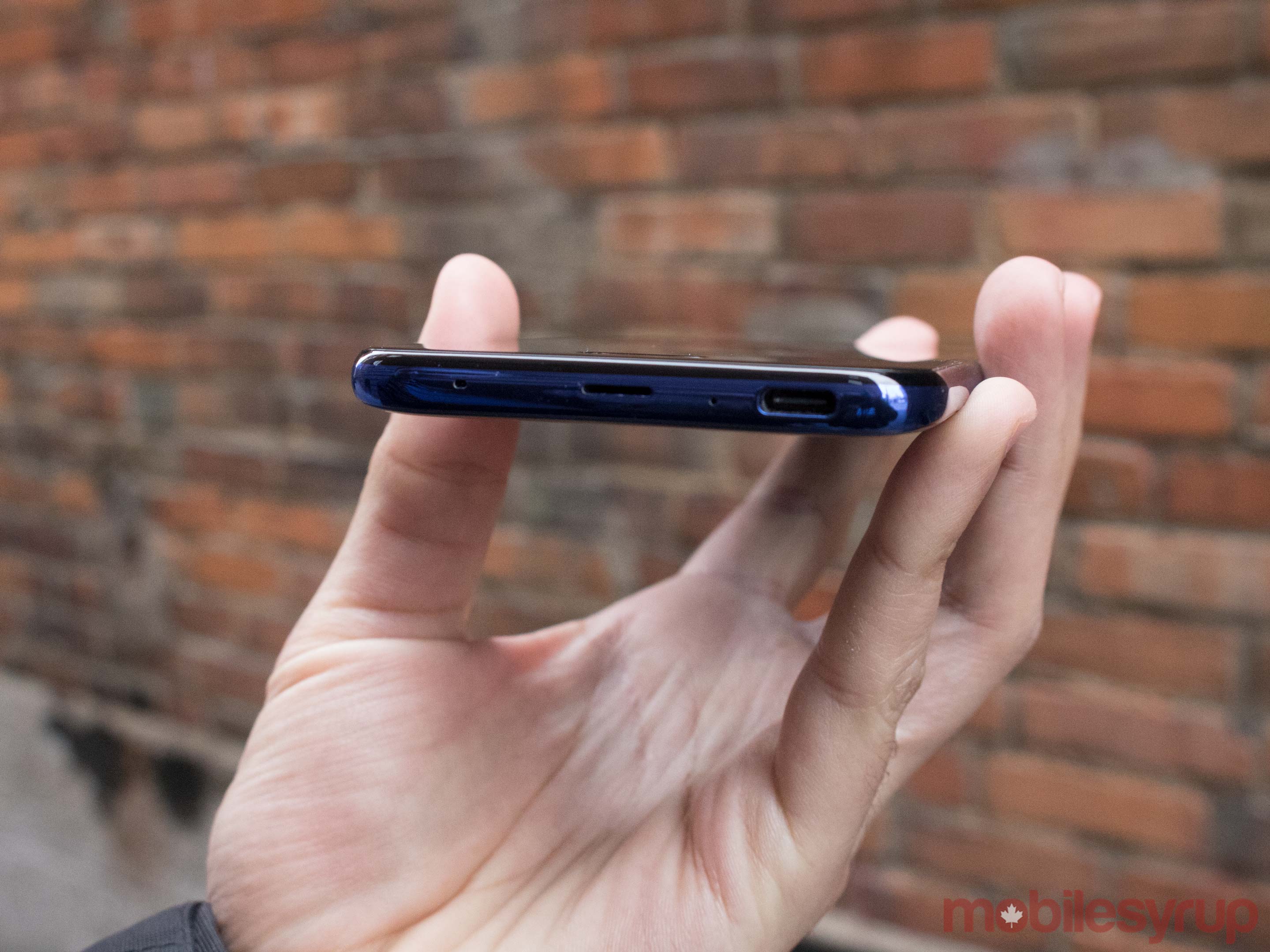
The U11 Life utilizes both a front-facing and rear-facing 16-megapixel camera.
In the right lighting conditions, images come out crisp and well-saturated, however, there is a clear difference in quality between the U11 Life and the standard U11. Whereas the HTC U11 Life’s photos are Facebook-ready, the HTC U11’s are Instagram worthy.
The U11 Life features f/2.0 aperture, phase detection auto-focus and a LED flash.
Cameras on devices like the Q6 and the LG Stylo 3 Plus tend to over-sharpen and don’t deliver the same quality as the U11 Life. The U11 Life’s rear-facing shooter, for the most part, offers clear pictures that on occasion (especially under florescent lights) appear slightly soft. In low lighting the photos look decent, though they’re also a little on the noisy side.
For me the comes in tied for second out of all of the other midrange cameras that I’ve used this year, sitting above the LG Stylo Plus 3, LG Q6, Moto E4, Sony Xperia XA1 and XA1 Ultra. Its equal is the BlackBerry Motion, while the Samsung Galaxy A5 trumps it by taking pictures that are quite a bit sharper.
The photos I took with the front-facing camera looked about as good as the ones I took with U11 Life’s main camera. One major difference, however, between the two cameras is that the front-facing camera doesn’t feature a LED flash. Instead, the phone uses a bright flash from the display to light up your face.” You could add that this doesn’t lead to as good photos.
I did find the picture taking experience with HTC U11 Life enjoyable and definitely used it to take many Snapchat selfies and rear facing pictures.
Battery and sound
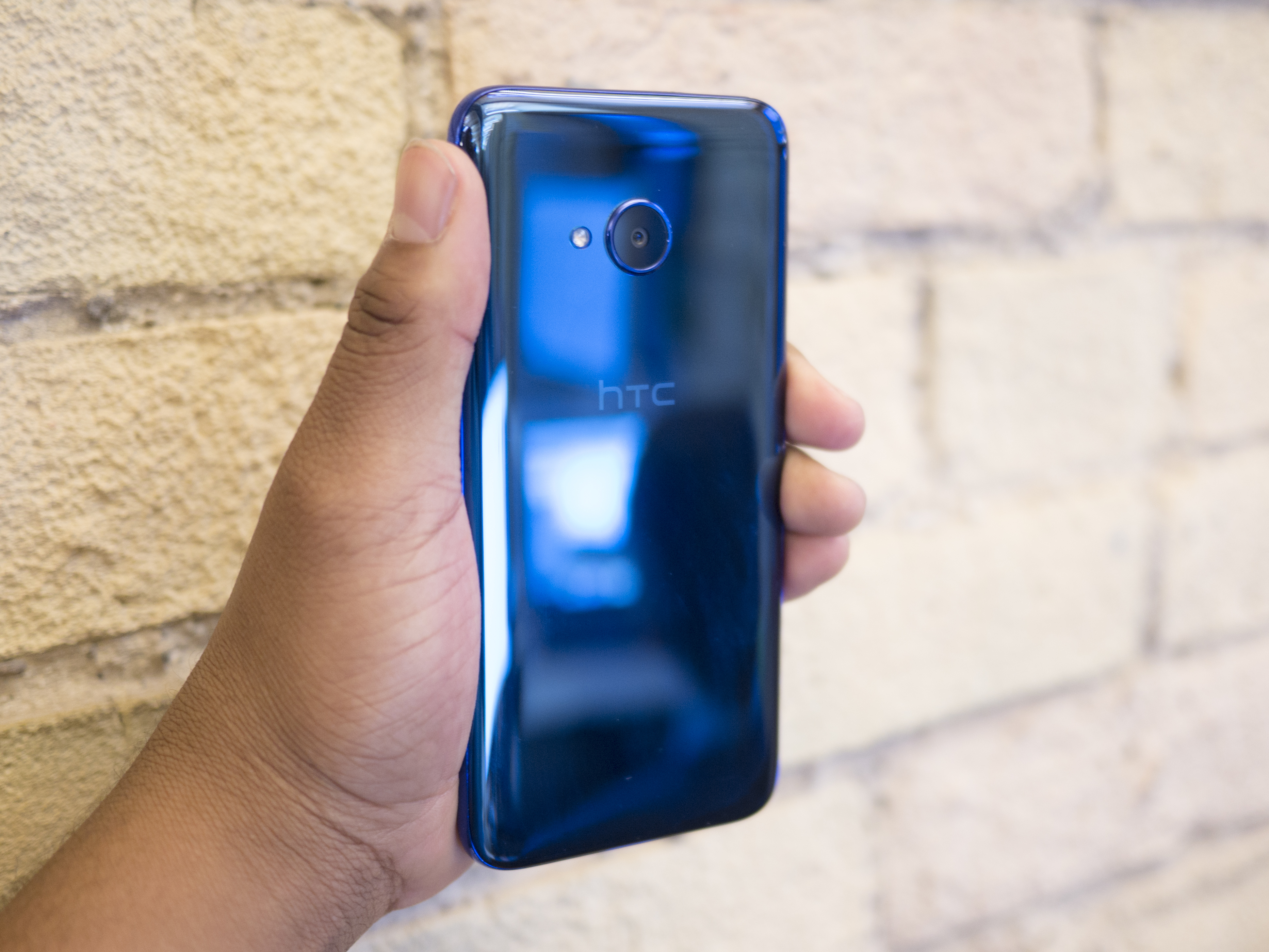
The HTC U11 Life features a 2,600mAh battery that will last about a full day under my normal usage. I consider normal usage to be at least an hour of scrolling through social media, an hour on Netflix or YouTube and about five hours of standby time. A day of usage, however, isn’t all that great for a smaller, mid-range device, some of which can get a day-and-a-half of power or more.
While a day of usage is acceptable on a flagship device (because typically they have faster processors and higher resolution screens), it’s far less reasonable on an underpowered device like the U11 Life.
But while the U11 Life has a mediocre battery, it features great sound.
The U11 Life might actually be louder than the standard variant. The sound wasn’t tinny, the bass was deep, and it provided great surround sound. The U11 Life uses BoomSound speakers which equated to one speaker being placed at the bottom of the device next to the USB Type-C port while the other on the front. Unfortunately, with one of the speakers on the bottom they’re somewhat easy to cover which muffles the sound.
The HTC U11 Life also uses the HTC USonic headphones, which customizes sound output depending on the users ear.
HTC U11 is my midrange phone of the year
HTC U11 Life is a great mid-range smartphone compared to others in its price bracket, with a noteworthy camera and processing experience.
It's challenging to say whether it's worth the $449.99 price tag nowadays with smartphones like the Essential Phone and the OnePlus 5T now in the $600-$700 price range. Without those two smartphones on the market it's definitely easy to say the U11 Life is worth that price. However, with those two phones on the market, I am finding it difficult to advise consumers to get the U11 Life over one of those two devices.
If you're looking for a device under $600 outright, you can get the LG Q6 as cheap as $410.95, the Samsung Galaxy A5 for a regular price of $469.99, the Asus ZenFone 4 $549.99 and the Sony XA1 Ultra for $439.99. Among those peers, I'd have to say the HTC U11 Life is a worthy contender.
Now that we've entered a new year, it's safe to say the HTC U11 Life is officially one of my favourite mid-range devices of 2017.
It's safe to say the HTC U11 Life is officially one of my favourite mid-range devices of 2017.
MobileSyrup may earn a commission from purchases made via our links, which helps fund the journalism we provide free on our website. These links do not influence our editorial content. Support us here.


